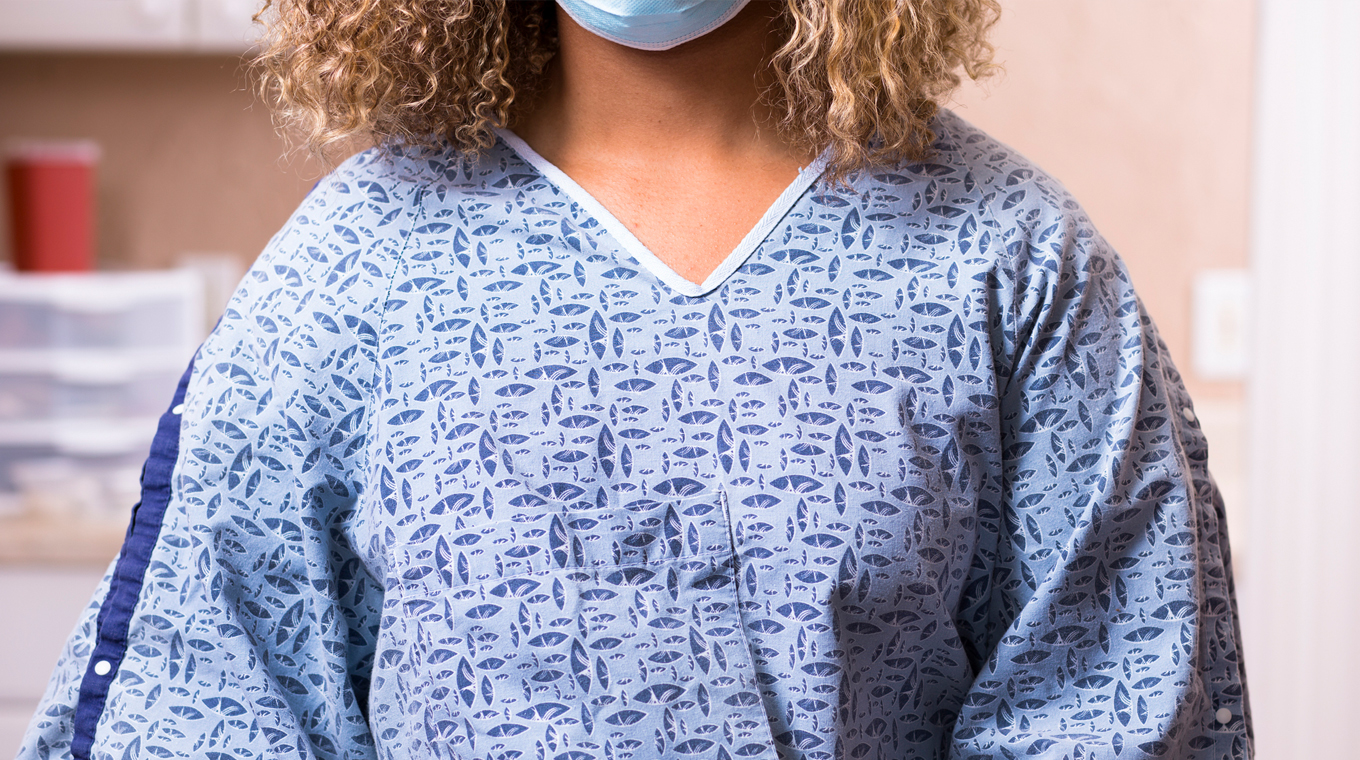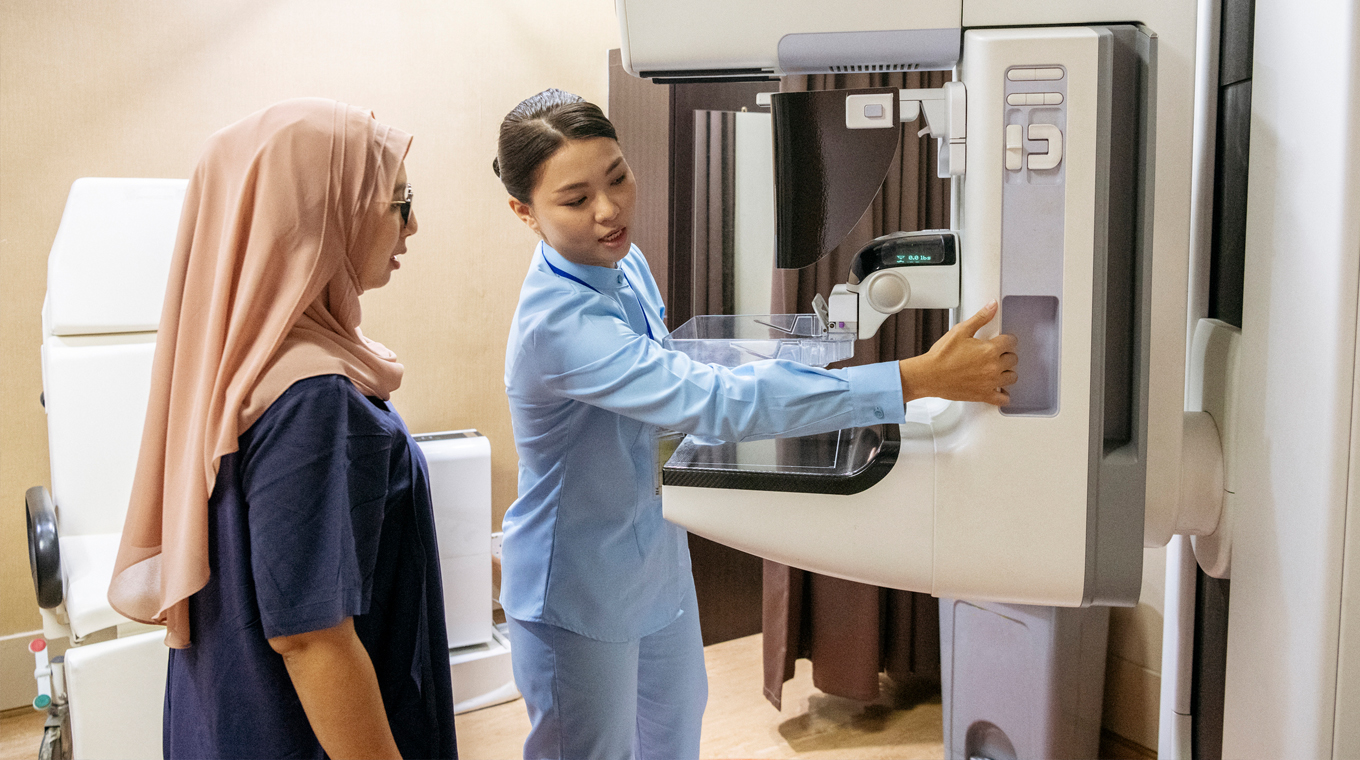
In this article
October is Breast Cancer Awareness Month and we want to make sure to update you with the latest research on breast cancer. As you know, millions of dollars are spent each year in the effort to better understand, treat, and prevent breast cancer. With nearly 43,600 million women expected to die from breast cancer this year, it's vital to educate in order to save lives.
Statistics for breast cancer

According to Cancer.net, more than an estimated 284,000 United States residents will be diagnosed with invasive breast cancer. This number is skewed heavily to women, who make up 281,550 of the 284,000, with only around 2,650 men being diagnosed.
Of those who are diagnosed, 6% are diagnosed with metastatic breast cancer on initial diagnosis. Only 28% of women diagnosed with metastatic breast cancer live at least five years after the cancer is discovered. The five-year survival rate for men with metastatic breast cancer is slightly worse, sitting at 22%.
When to get a mammogram

Detecting cancer early is the best way to fight this deadly disease. How frequently you should get a mammogram will depend on your age and your family history of breast cancer. Women are recommended to start getting annual mammograms between the ages of 40 to 44.
While this is highly recommended, it is imperative for women between the ages of 45 to 54. As you age beyond 54, the American Cancer Society recommends getting mammograms every other year, though those who have higher concerns about breast cancer can still get one annually.
If you have a family history, genetic tendency, or are otherwise a high-risk person to get breast cancer, your mammograms may be done in conjunction with an MRI. This is a small percentage of women and you should talk to your doctor if you feel that you need more in-depth screening.
Breast cancer causes

According to the Mayo Clinic, breast cancer occurs as some breast cells start to grow abnormally. The lump is caused as the cells divide more rapidly than the surrounding healthy cells. If these cancerous cells spread to the lymph nodes or other parts of the body, the cancer is said to have metastasized.
The underlying cause is still unclear. While research has shown that there are hormonal, lifestyle, and environmental links to breast cancer, many women who are in these risk groups don’t develop cancer. Scientists believe there is a “complex interaction of your genetic makeup and your environment.”
The Center for Disease Control (CDC) breaks risk factors down into things you can’t control and things you can control. Of the things that you can’t control, the CDC finds the following risk factors:
- Getting older
- Genetic mutations
- Menstruation starting before age 12
- Menopause starting after age 55
- Having dense breasts
- History of breast cancer
- Family history of breast and ovarian cancer
- Exposure to radiation therapy for other condition
- Women who took (or their daughters) diesthylstilbestrol (DES) between 1940 and 1971 to reduce the risk of miscarriage
There are certain things that you can control. The risk factors that you can change include:
- Living a sedentary lifestyle increases risk so adopt the habit of daily exercise and activity
- Being overweight after menopause
- Taking hormones increases your risk of breast cancer
- Not having a full-term pregancy can increase risk
- Having a first pregnancy after age 30 and not breastfeeding can increase risk
- Consuming alcoholic beverages increases risk
Genetic testing and family history can help determine your risk. Breast cancer survivor Marianne Sarcich told Mom.com that her family history was the key to understanding her risk, “Although all of my genetic testing came back negative, my maternal uncle and paternal grandmother both had breast cancer.”
*breast cancer causes
Treatment for cancer
There are five ways that the CDC recognizes to treat breast cancer. The first is surgery which includes a mastectomy. Surger cuts the cancer tissue out of the breast, removing some or all of the breast.
Serious cases are also treated with chemotherapy which uses specific medicines to shrink and kill cancer cells. Chemotherapy can be done with pills or through intravenous injection. Radiation therapy can be done independently or after chemotherapy, using high-energy rays that can kill the cancer cells.
Certain medications used together have shown promise. “A combination of Ribociclib and Letrozole improves the survival rate of advanced breast cancer,” Daniel Boyer, Doctor of Medicine at the Farr Institue told Mom.com. Ribociclib helps inhibit growth while Letrozole helps reduce estrogen produced in the body. This suggests promising results with hormonal therapy which prevents the cancer from getting the hormones necessary to grow. Biological therapy helps boost the body’s immune system to aid in fighting the cancer or to control the side effects of other cancer treatments.




